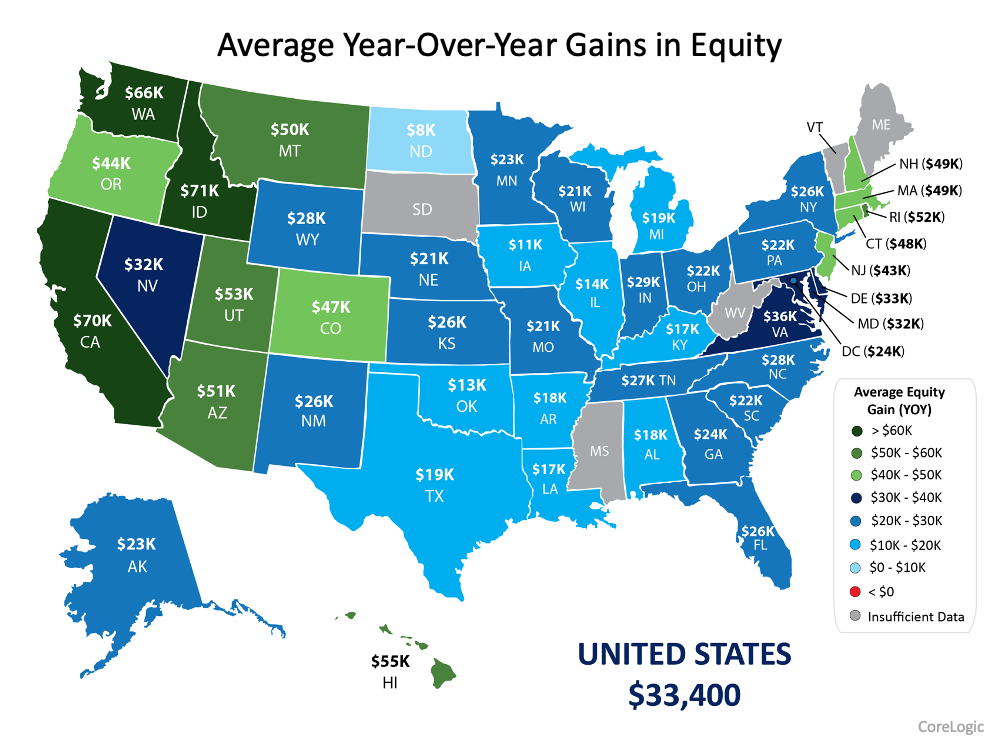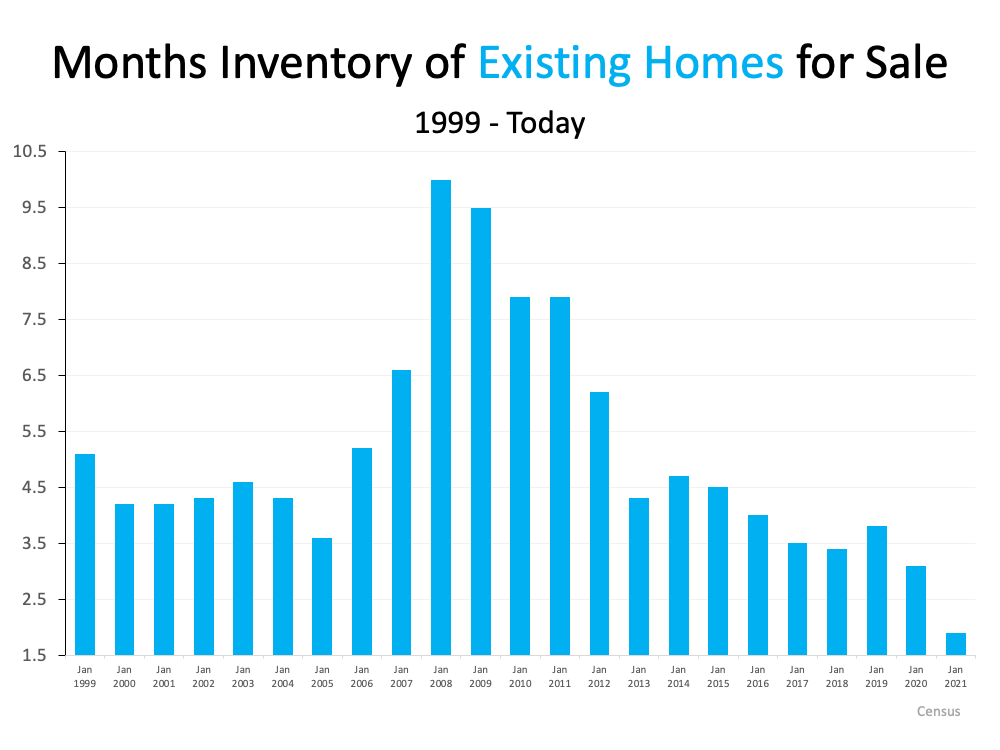Homeowner Wealth Increases Through Growing Equity This Year
Building financial wealth and stability remains one of the top reasons Americans choose to own a home, and as a homeowner, your wealth often grows without you even realizing it. In a recent paper published by the Urban Institute, Home Ownership is Affordable Housing, author Mike Loftin illustrates how homeowners increase their equity and their wealth simply by making monthly mortgage payments:
The principal portion that reduces the loan balance builds the homeowners equity. In doing so, the principal payments behave like an automatic savings account. The principal payment is not money going out; it is money staying in.
But home equity the difference between the value of your home and what you currently owe isn't just built through your monthly principal payments. Home price appreciation plays a vital role in growing your equity and, ultimately, your wealth.
As Freddie Mac explains:
Homeownership has cemented its role as part of the American Dream, providing families with a place that is their own and an avenue for building wealth over time. This wealth is built, in large part, through the creation of equity Building equity through your monthly principal payments and appreciation is a critical part of homeownership that can help you create financial stability.
Homeowners Continue To See Equity Increase
CoreLogic recently published their latest Homeowner Equity Insights Report, and it shows continued growth in equity amidst record home price appreciation. The report provides several key takeaways, all of which point to rising wealth for homeowners:
- The average equity gain of mortgaged homes during the past year was 33,400
- The current average equity of mortgaged homes is greater than 216,000
- There was a 6% increase in total homeowner equity over the past year
- Total U.S. homeowner equity has reached nearly 1.9 trillion
Here, you can see the equity gains by state:
Equity Provides Homeowners with Flexibility
In addition to being a critical tool in building wealth, a homeowners equity also provides significant flexibility. When you sell your house, the accumulated equity comes back to you in the sale. Recent increases in home equity coupled with record-low mortgage rates mean it could be the perfect time for homeowners looking to make a move.
Mark Fleming, Chief Economist at First American, notes:
Existing homeowners today are sitting on record amounts of equity. As homeowners gain equity in their homes, the temptation grows to list their current home for sale and use the equity to purchase a larger or more attractive home.
Increasing equity also helps families facing challenges brought on by the pandemic. Frank Martell, President and CEO of CoreLogic, explains in the recent Homeowner Equity Insights Report:
Homeowner equity has more than doubled over the past decade and become a crucial buffer for many weathering the challenges of the pandemic. These gains have become an important financial tool and boosted consumer confidence in the U.S. housing market, especially for older homeowners and baby boomers who’ve experienced years of price appreciation.
Bottom Line
Home equity has always been a powerful wealth-building tool, and homeowners continue to see their financial stability increase. Lets connect today so you can better understand how much equity you have in your current home or if youre ready to take the next step in building your savings as a homeowner.










